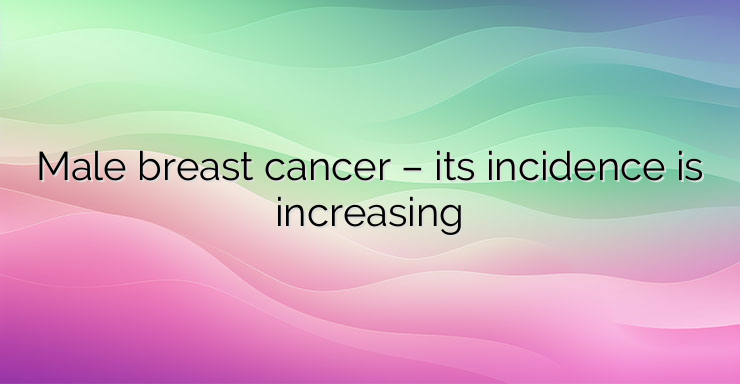Breast cancer in men is a rare but dangerous disease, no less life-threatening than breast cancer in women. Because of its low epidemiology, very limited research has been conducted on it, with most data on the disease coming from post-mortem analyzes of deceased patients. Globally, its exact incidence is not known, but each year in the UK it kills over 300 men, in the US – about 450 and in India about 1,200. About 40% of affected men had a close family member – a sister or mother – who have developed the oncological disease at a certain stage of their lives. For this reason, experts advise any man whose immediate family member has developed breast cancer to start getting screened annually. A study by a team of Spanish scientists indicated that only for the period 1973-1988, the incidence of the disease increased by about 25%, with each subsequent year continuing to grow, albeit at a lower rate. It is not known whether this is a sign of an increase in the number of cases or a sign that with the advancement of medicine and medical care, more of the sick are adequately and promptly diagnosed. There are several symptoms that every man should pay attention to and seek medical advice if they are present: a palpable lump in the breast tissue; pain in the nipples; a nipple with a changed color or outline; discharge from the nipple – it can be only pure lymph or mixed with pus or blood; inflammation of the nipple or its areola – the pigmented part around the nipple; inflamed lymph ducts under the arm. It is important to note, for reassurance, that a sudden increase in both breasts in a man is not usually due to breast cancer. The medical term for this phenomenon is gynecomastia – a condition of breast enlargement, most often caused by abuse and severe alcohol intoxication, sudden weight gain or hormonal imbalance. There are several risk factors reported for men developing breast cancer. First and foremost is age – the average age of known patients is 67, but the youngest diagnosed is 34. The second most risky factor is the hormonal imbalance: high levels of estrogen in the male body cause a much faster growth of breast tissue, which is a prerequisite for tumor formations. Such high levels are achieved in several known ways: drug intake; overweight above the 2nd degree; estrogen-like compounds from food – soy or meat treated with growth hormones; too high alcohol intake, which damages the liver and prevents it from maintaining the balance of hormones in the blood. Klinefelter’s disease is a rare genetic disorder that is associated with long legs and tall stature, a high-pitched falsetto voice, sparse facial hair, and severely reduced testicles that can rarely produce sperm. This disease causes low production of androgens – male hormones and higher production of estrogens – female hormones,which causes a higher risk of developing gynecomastia and breast cancer. NEWS_MORE_BOX The last two factors, heredity and radiation exposure, have not been well studied. It is noted only the fact that in 40% of cases, a man has a direct relative who has suffered from breast cancer at some stage of his life, and that about 10% of patients have undergone radiotherapy before the age of 30. If present of any of the symptoms, especially a palpable lump in the breast tissue, a doctor should be consulted immediately. Through a special X-ray – mammogram, ultrasound or tissue biopsy, it can be determined with great accuracy whether a tumor formation is present and whether it is benign or not.


Leave a Reply